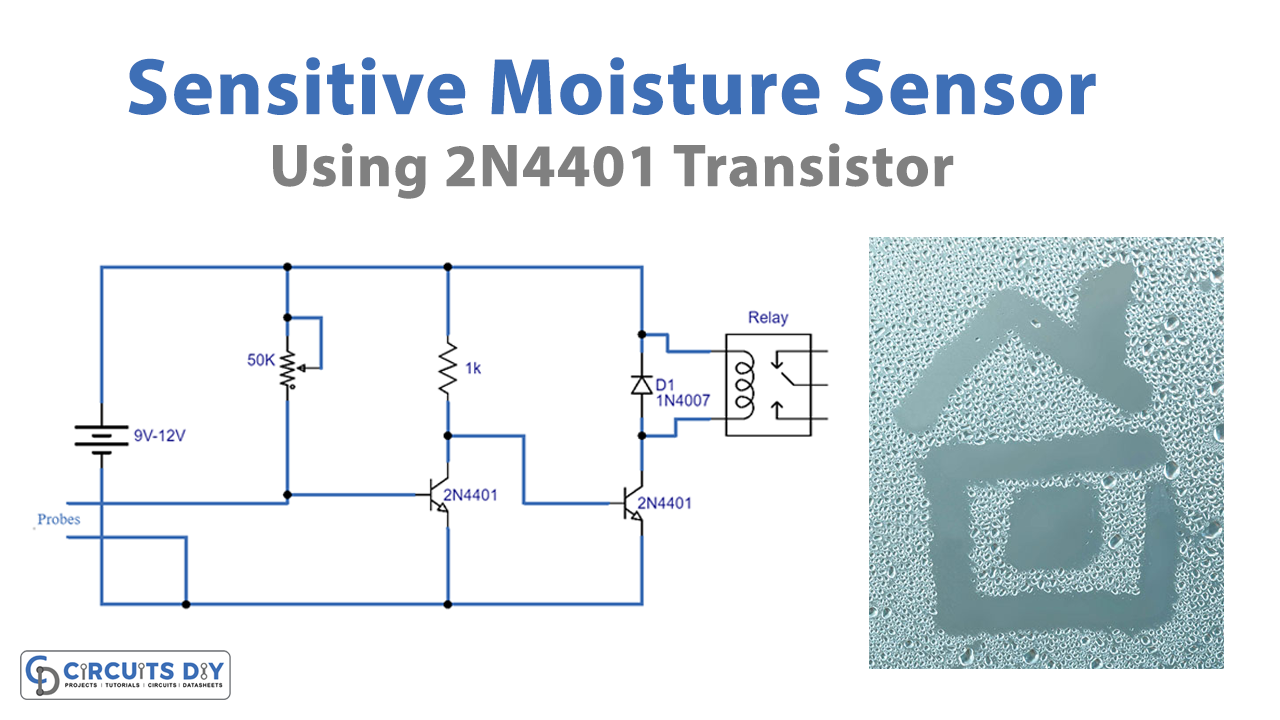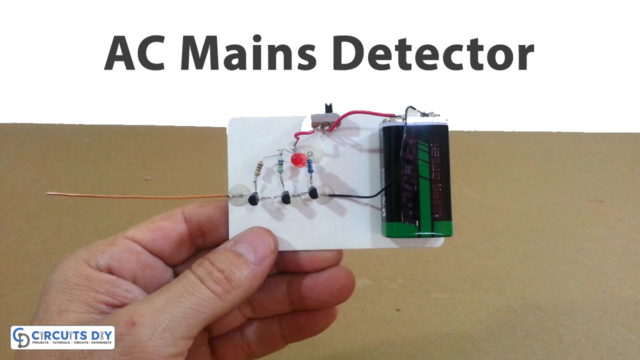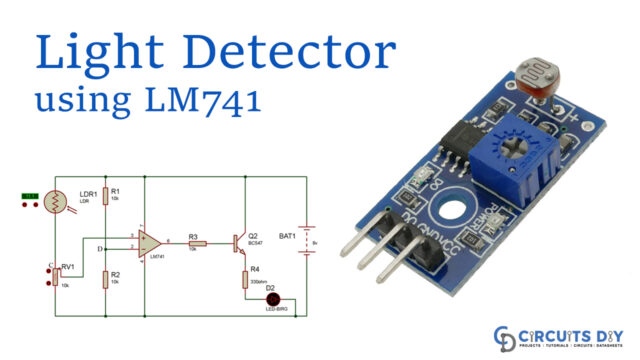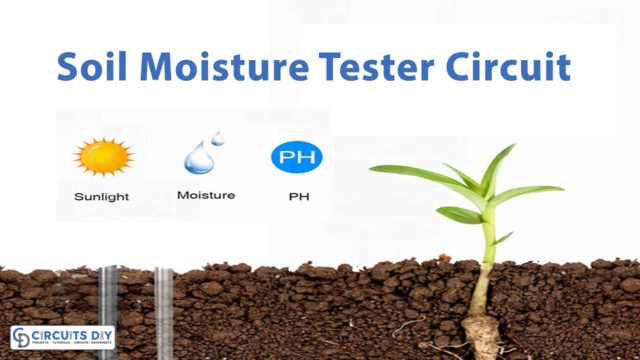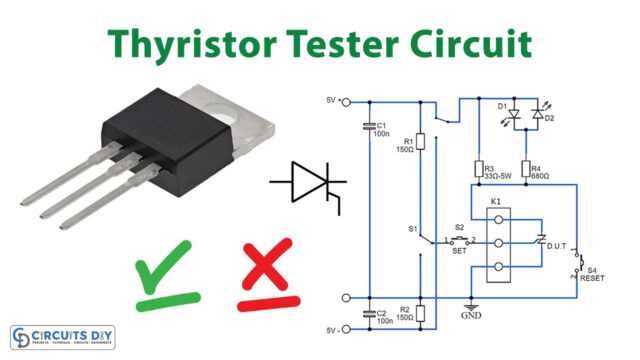In this tutorial, we are making a project Sensitive moisture sensor. This circuit is versatile and very sensitive, it can be used to detect moisture in substances like floors, walls, soil, etc. Normally, in moisture sensor circuits we use one transistor but in this circuit, we are using two transistors to increase its sensitivity.
The circuit is simple and inexpensive as it uses only a few components. Probes are used to detect moisture. Two 2N4401 Transistors are used which are acting as switches. A variable resistor is used to set the desired level of moisture at which you want your relay to activate.
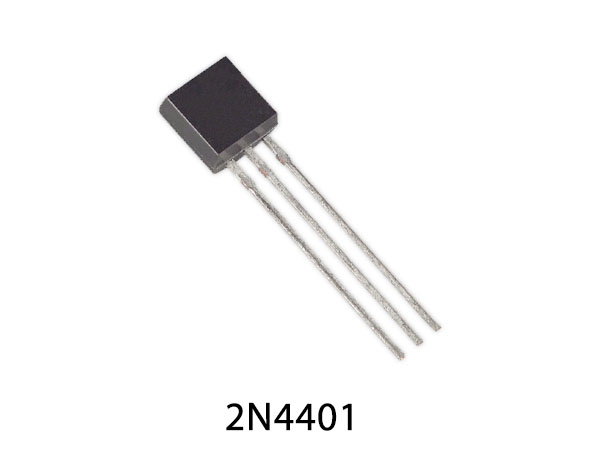
Hardware Components
The following components are required to make a Sensitive Moisture Sensor Circuit
| S.no | Component | Value | Qty |
|---|---|---|---|
| 1. | DC Supply | 9-12V | 1 |
| 2. | Probes | – | 2 |
| 3. | Transistor | 2N4401 | 2 |
| 4. | Relay | 9-12V | 1 |
| 5. | Diode | 1N4007 | 1 |
| 6. | Resistor | 1K | 1 |
| 7. | Variable Resistor | 50K | 1 |
2n4401 Pinout

For a detailed description of pinout, dimension features, and specifications download the datasheet of 2n4401
Sensitive Moisture Sensor Circuit

Working Explanation
The operating voltage of this circuit is 9 to 12 volts DC. When two probes detect moisture in a substance then the resistance between both the probes is decreased and it passes the voltage to the transistor Q1 and it switches on. Now the transistor Q1 will give 0.7V at the base of the transistor Q2 and it switches on as well. This will activate the relay and whatever equipment connected with your relay will start operating.
We have used a 50K variable resistor to adjust the sensitivity of the circuit. You can transform this circuit into an alarm/ visual indicator by connecting a buzzer or an LED instead of a Relay. The relay should have the same voltage as the input voltage.
Applications and Uses
- Plants
- Soil
- Wood
- Wall
- Floor
- Irrigation areas


